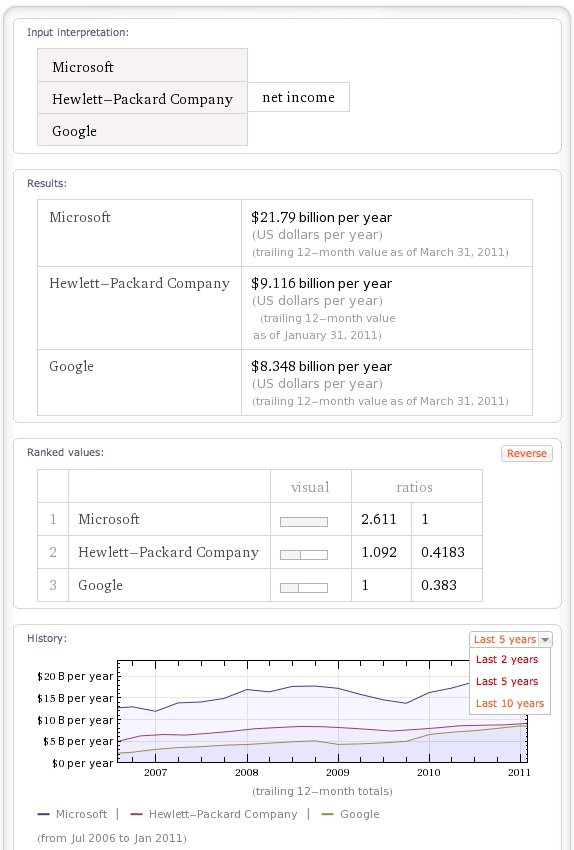A few weeks ago I participated in a lunch-&-learn meeting sponsored by an investment firm. The focus was on a well-establish fund targeting high net-worth individuals and the underlying investment approach / philosophy. As sophisticated and successful as their investment strategy was, I was somewhat disappointed by the presentation. If ever there was a “death-by-PowerPoint”, this was it. Slides upon slides with numbers upon numbers… Yet as painful as it was to sit through, it struck me how the ability to use information during meetings has evolved to create insight.
Step 1: Printed Document – Color, Convenience
We used to work at meetings or conferences primarily with printed documents – books, brochures, white-papers – occasionally armed with a pocket calculator to check some facts or do some quick calculations. For the most part, we accepted the printed document as the most convenient, if static representation of the meeting subject. Here, everyone in the audience received some nice color handouts with the main information about the fund. There were some good charts in there, primarily the cumulative returns of the fund with its three different portfolios based on risk tolerance.
Step 2: Static Webpage – Access, Anytime
Then we got used to replacing static information on paper with web-sites online. As long as you are connected, you can bring it up in your browser. While not necessarily very good for reading, its consumption during meetings for quick lookup certainly adds flexibility. I was the only person in the audience with a computing device so I could go online and browse the fund’s website and double-check some background, facts and figures.
The fact that I used my new iPad 2 and its convenient form factor and touch-screen ease-of-use caused some ohhs and ahhs in my immediate vicinity, with several of the finance professionals mumbling that it’s time for them to get their own iPad. I agree, but I digress.
Using a computer also allows to create content during the meeting (for example draft meeting minutes or brainstorming topics) and present it to the audience. This works well during a workshop-type meeting with relatively few participants, and/or during a web-meeting with remote participants.
Step 3: Dynamic Content – Interactivity, Insight
The purpose of this meeting was to convey information, to build trust and to convince attendees of the value in investing with this particular company. For all these intents I posit that the attendee is best served with dynamic, more interactive media. You need to be able to browse, search, calculate, compare. When you can start asking your own questions and get specific answers, customized to your scenario, then you are most likely to remember the information and to get new insight.
Most meetings leverage printed documents. Some bring static online content into the mix. Few are starting to leverage interactive content during meetings. Like with eBooks, technology brings new capabilities to this space, for example the new Computable Document Format (CDF), which we will look at in another post.



One response to “Evolution of Visual Presentations in Meetings”